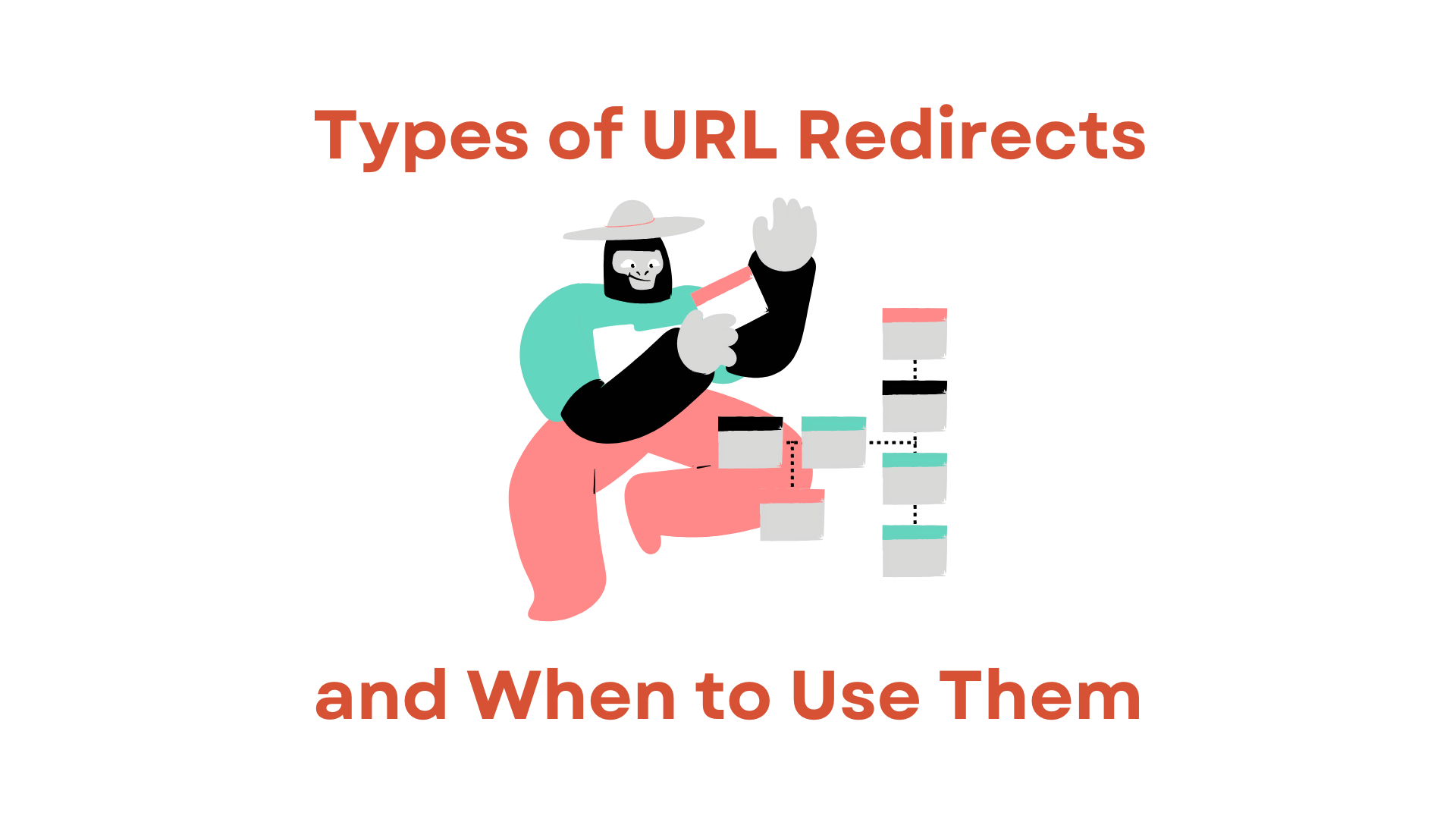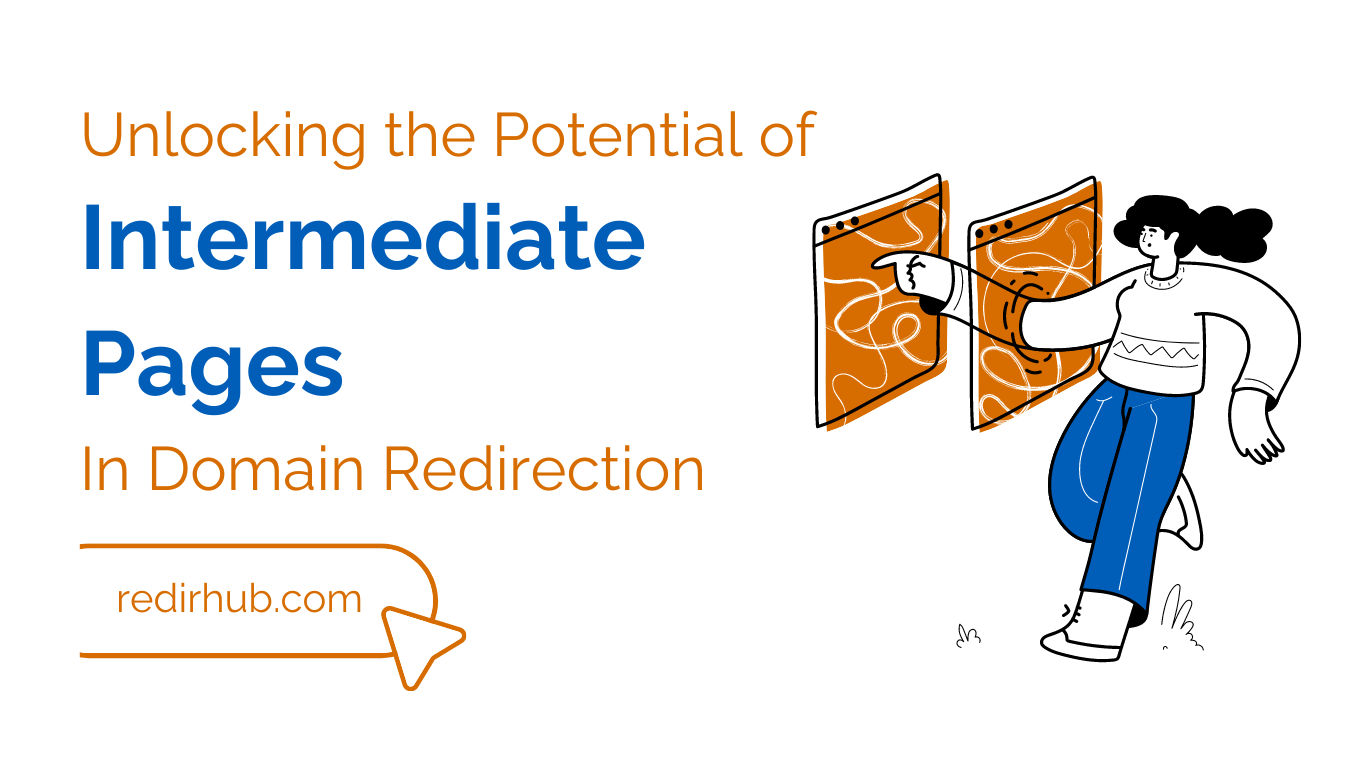ウェブサイトを管理する際、URLリダイレクトを理解することは、サイトの整合性を維持し、ユーザーエクスペリエンスを向上させ、SEOの利点を最大化するために重要です。異なる種類のURLリダイレクトはそれぞれ独自の目的を持ち、適切なものを選択することでサイトのパフォーマンスに大きな影響を与える可能性があります。以下では、さまざまな種類のリダイレクトとその具体的な使用例について探ります。
- 301リダイレクト(永続的リダイレクト):これは最も一般的なリダイレクトの種類で、ページが新しい場所に永久に移動したことを示します。SEOランキングを保ち、古いURLから新しいURLへのリンクエクイティを転送するために不可欠です。サイトを再設計する際やドメイン名を変更する際には301リダイレクトを使用してください。
- 302リダイレクト(一時的リダイレクト):このリダイレクトは、ページが一時的に異なる場所に移動したことを示します。メンテナンスやテスト段階で一般的に使用されます。ただし、検索エンジンは302リダイレクトでリンクエクイティを完全に渡さない可能性があるため、注意が必要です。
- 307リダイレクト(一時的リダイレクト): 302と似ており、一時的な使用を目的としていますが、リクエストメソッド(GETまたはPOST)を明示的に保持します。リダイレクトプロセス中にリクエストタイプを保持する必要があるシナリオに特に便利です。
- 308リダイレクト(永続的リダイレクト): 308リダイレクトは301のように機能しますが、リクエストメソッドが変更されないことを保証します。このリダイレクトはPOSTリクエストの整合性を維持するのに役立ちます。
- フレーム(マスキング): この技術は、別のウェブサイトを自サイトのフレーム内に表示することを含みます。コンテンツを埋め込むのには便利ですが、検索エンジンがコンテンツを正しくインデックス化するのに苦労する可能性があるため、SEO目的での使用は推奨されません。
- カスタム HTML リダイレクト: このリダイレクトは、HTML コードを使用してユーザーを新しいページに誘導することで、より柔軟性を提供します。特定のカスタムソリューションには便利ですが、ユーザーの混乱を避けるために控えめに使用するべきです。
適切なリダイレクトの種類を選択することは、サイトの整合性を維持するだけでなく、SEOやユーザーエクスペリエンスに良い影響を与えます。これらのタイプを理解することで、ユーザーと検索エンジンの両方にとってシームレスな移行を確実にすることができます。




